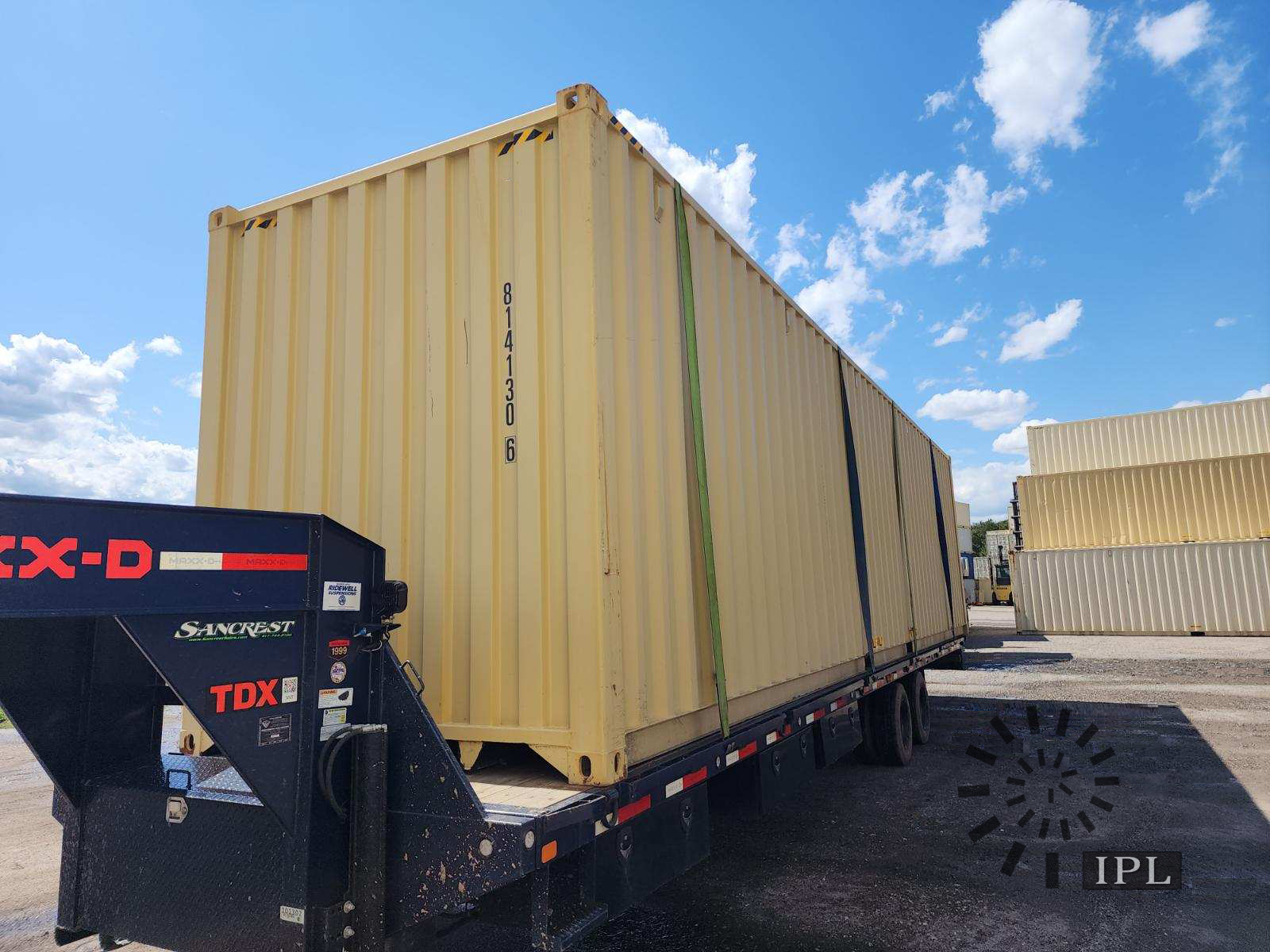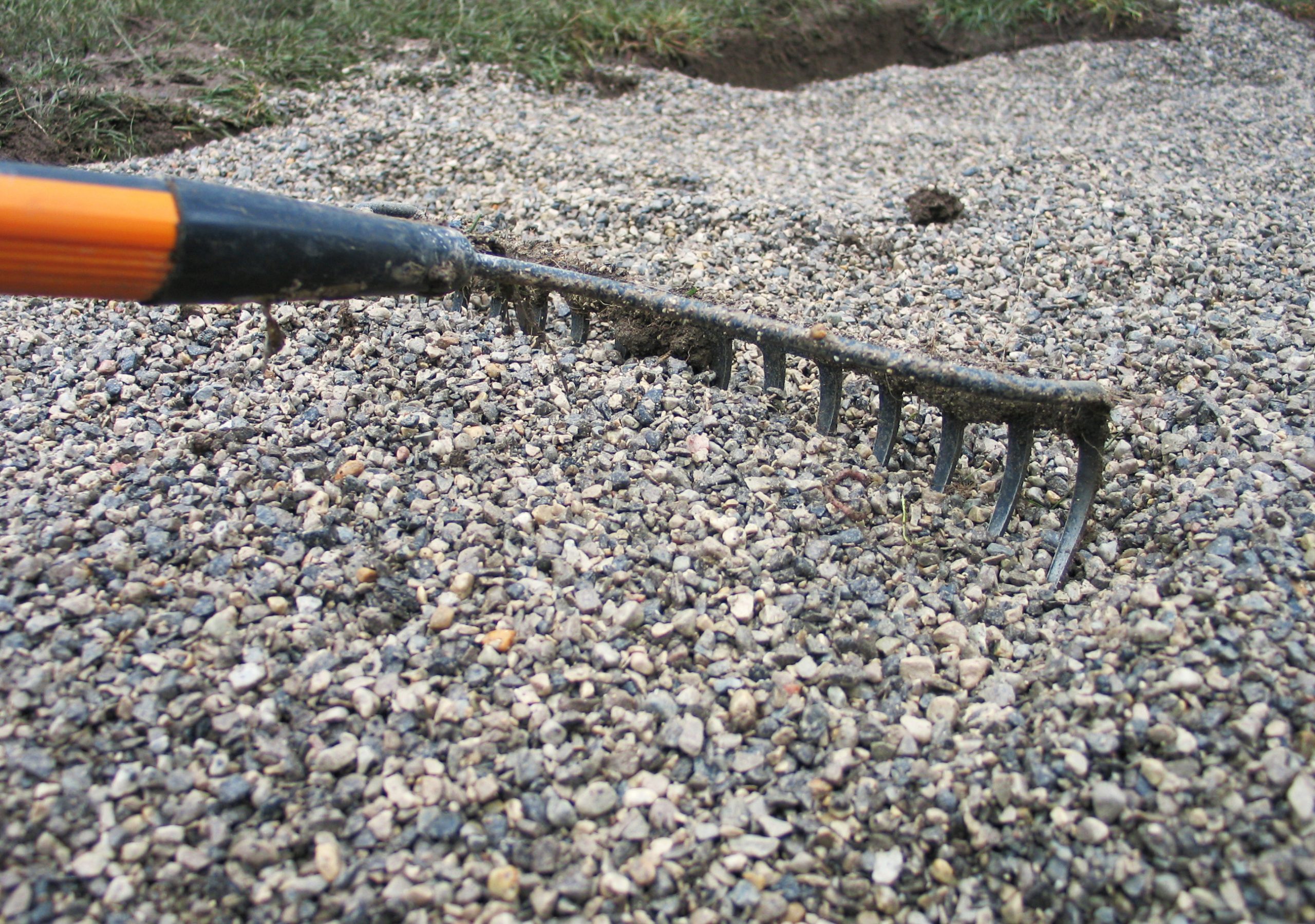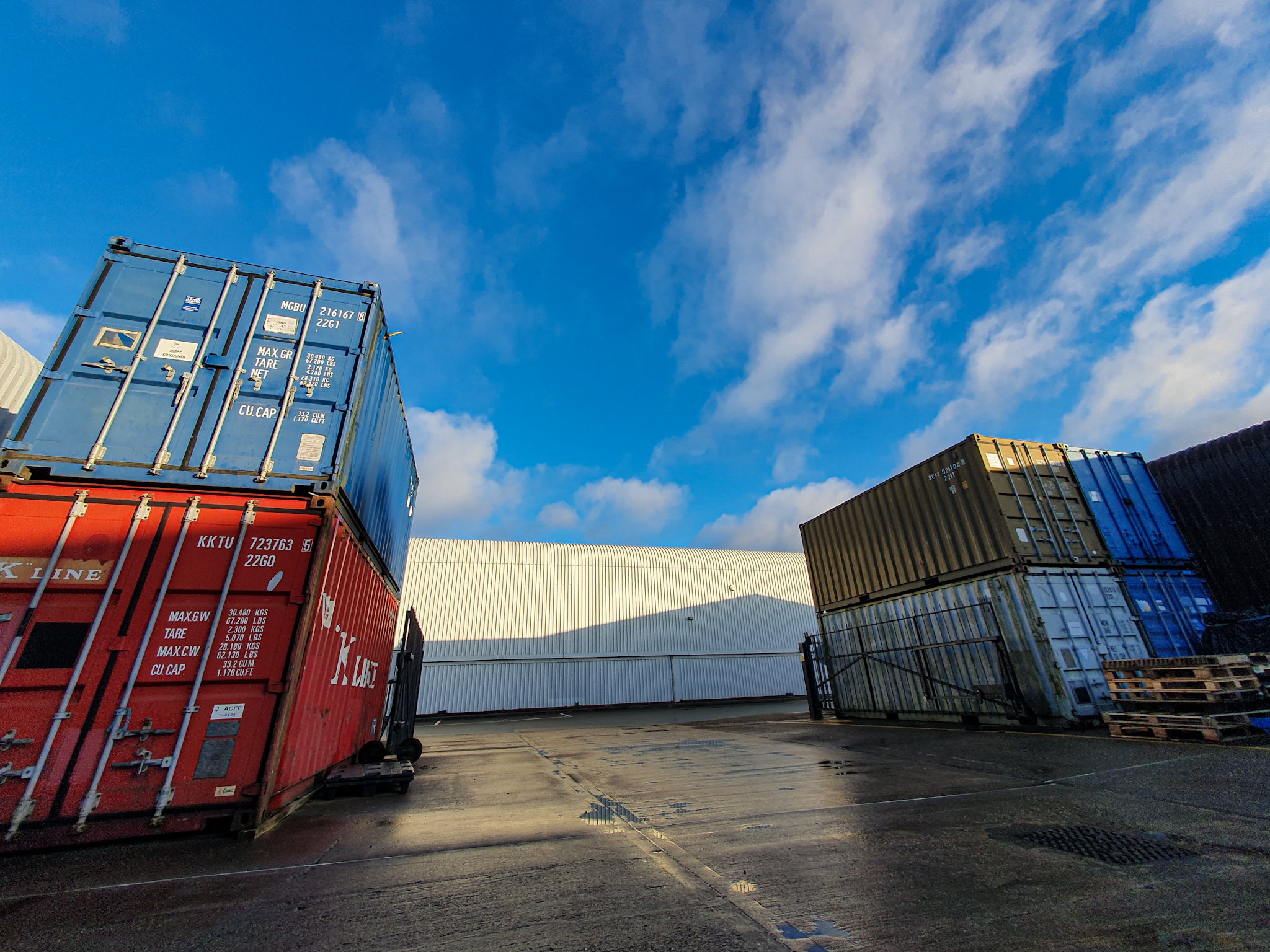Container Delivery, Frequently Asked Questions, Shipping Container Pricing
Storage Container Delivery Pricing and Frequently Asked Questions

Shipping Container Frequently Asked Questions
Buying a shipping container from IPL Management is the easiest and most professional way to acquire extra storage. We appreciate your business and time is why we go the extra length to explain every detail from the condition of a container to a wide range of optional pricing and the delivery process. Every part of the country has its own distinct market and availability, we constantly monitor the prices and update our sytem regularly to make sure every order has the best savings. Some of the more frequently asked questions regarding pricing and delivery can be found below.
Question: How Does a Shipping Container Get Delivered
There are three ways a shipping container may be deliverd. The most common way is by a tilt bed trailer that will roll the container off onto the ground as long as there is adequate space to back into. This is similar to a roll off dumpter trailer delivery.
The second method of delivery requires the destination to have a crane, forklift or a backhoe to remove the container off the flatbed trailer. This type of trailer will not have any sort of hydraulic lifting capabilities to allow the bed to tilt upward, as long as the onsite equipment has the allowed capacity to lift up the units respective tare weight then it should be an easy process.
The final method of delivery requires an anchor point on the property for the driver to hook up to with chains and attach to the cargo container so it can be dragged off the back of the trailer deck and dropped onto the ground.
Another way to collect a container would be to hire your own carrier to pickup for free, at our container depots we load and place the equipment on your carriers trailer during pickup where they are able to tie down the unit and head over to the destination.
Question: Which Way Will the Shipping Container Doors Face on Delivery
During the ordering process it's important to note which way the container will be facing on delivery. We will confirm which way the doors must face before the driver sets out. The doors can either be facing the cab of the truck or facing away from the cab towards the street. When the doors are facing the cab of the truck they are the last to slide off and when the doors are facing the back of the truck they are the first to slide off on the ground. As an example, if you are backing up the container against a fence or wall you would want the doors of the container to face the cab otherwise the doors will not be accessible because they would be against the barrier.
Question: How is Delivery Calculated
Roll off delivery rates are normally are calculated by the hour. Rates can flucatuate depending on the geographic location and terrain needed to be delivered through and on. Normally a location 3 hours away would be calculated as an 8 hour run because it will take 1 hour to load, 3 hours to arrive, 1 hour to unload and 3 hours to head back home. The average roll off tilt bed rate in the United States is from $150 – $250 an hour.
Regular flat bed delivery follows the same guidelines but is calculated by the mile, depending on the the type of truck that is used and the size of the company being dispatched is how the repsecitve carrier determines the mileage cost. A local delivery will still cost a minumum of $200 – $350 because the carrier has to drive to the pickup location from their port.

Question: Do I Need to Place Anything Under the Container on Delivery
Depending on where the shipping container is going to be placed is ultimately going to determine if and what should be considered to be set down underneath it. Normally the majority of destintions prefer to place down railroad ties or pieces of wood that are 2×4's or 4×4's that can be purchased at a local hardware store. For those that have a bigger budget, gravel or types of stone offer a nice pad that allows a bit of airflow and reduces the container from being propped up higher off the ground. Leveling is important if the unit is being placed on uneven ground, sometimes if the shipping container is sitting unbalanced it could cause the entry frame to be slightly skewed which would make the doors difficult to open.

Question: How Heavy is a Shipping Container
The 20ft empty container weighs an average of 5000 pounds and the 40ft containers are approximately 8300 pounds. 40ft refrigerated containers can vary between 9,500 – 10,800 pounds. Most units are able to hold up to 65,000 pounds of goods allowing heavy machinery traffic for loading and unloading and storage.
Question: Are Containers Considered a Permanent Structure
Shipping containers by trade are modular and portable used for export around the world, they are considered to be a temporary housing structure to transport and secure goods. Having a container delivered to a commerical site or residence is viewed as temporary since the unit can be relocated elsewhere on the property or moved out of the area completely rather quickly. Once plumbing, electrical, foundation and adjacent support systems are installed onto the box for storage or housing purposes, the unit becomes a permanant structure from the view of a municipality unless proposed otherwise.
Question: Can Weather Delay My Delivery
Weather can play a big role if the container is expected to be placed on grass, dirt or a field. Heavy rains the days before or the day of will force the delivery to be rescheduled to protect the driver from getting stuck on the property or deal with flood zones. Snow in most cases will need to be cleared out for the driver to access the drop zone safely. The benefit of winter causes frozen ground for more stability during a delivery that warmer months may not allow access to.
Question: How Is Payment Made for Delivery
IPL Containers includes the cost of delivery for the majoirty of the quotes provided when ordering. We accept all major credit cards, checks, ACH and Wire payments for the equipment and delivery. Contact us today for a quick quote and information about 20ft and 40ft and other various shipping containers in your area.


